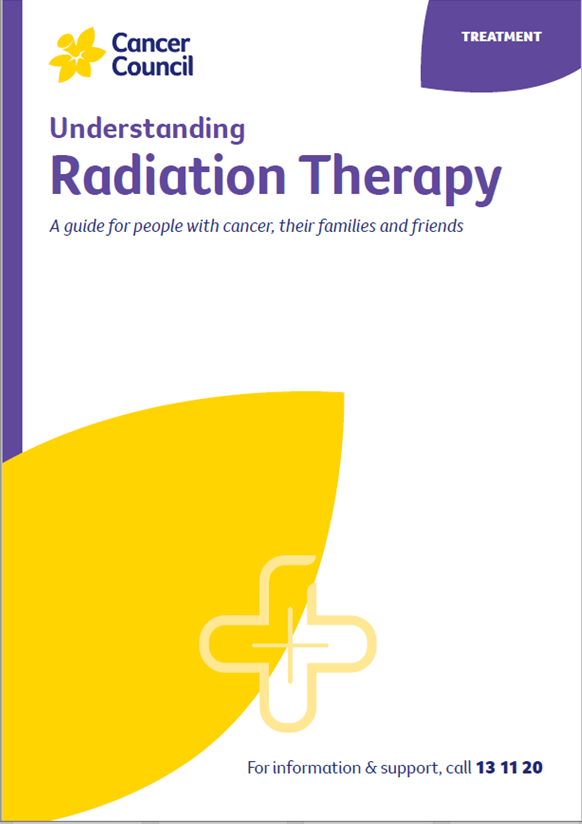- Home
- Chronic lymphocytic leukaemia (CLL)
- Treatment
- Other treatments
Other treatments for CLL
In some cases, your doctor may recommend other ways to manage and control symptoms of chronic lymphocytic leukaemia (CLL) and side effects of treatment.
Learn more about these other treatments for CLL:
Stem cell transplant
Rarely, very high doses of chemotherapy or radiation therapy are used to destroy the leukaemia cells. This can also damage the stem cells in the bone marrow. A stem cell transplant can help restore the bone marrow and rebuild the immune system. The stem cells are usually collected from another person (allogeneic transplant).
A stem cell transplant is not a suitable treatment for most people with CLL. This is because this procedure can have a lot of side effects and is considered too risky for people with slow-growing disease.
If CLL is progressing more quickly after initial treatment or hasn’t responded to chemotherapy, you may be offered a reduced-intensity stem cell transplant (sometimes called a mini transplant). This means you have lower doses of chemotherapy and radiation therapy than are used in a standard transplant, so it is easier for the body to tolerate.
The process involved in a stem cell transplant is complex. If you are having a stem cell transplant, your medical team will explain what will happen and the possible side effects.
For more information on stem cell transplants for CLL, visit the Leukaemia Foundation and search for “stem cell transplants”.
Supportive treatments
Your doctor may recommend other ways to manage and control symptoms of CLL and side effects of treatment.
Steroid therapy
Steroids are made naturally in the body and can also be produced in a laboratory and used as medicine. Steroid therapy can help prevent or reduce some chemotherapy side effects, such as nausea. It may also be used on its own to treat immune problems which may be related to CLL.
Allopurinol tablets
If your white blood cell count is very high, a chemical called uric acid may build up in the blood during treatment. This can cause red, painful and swollen joints (gout), and may damage your kidneys. You may be prescribed tablets called allopurinol, which prevent gout by helping your kidneys to get rid of uric acid.
Immunoglobulin infusions
Immunoglobulin is a protein that helps your body to fight infections.
CLL usually causes low immunoglobulin levels. If infections keep coming back or are severe, you may be given immunoglobulins through a drip to help strengthen your immune system. The infusion can take several hours.
Radiation therapy
Also known as radiotherapy, this uses a controlled dose of radiation to kill leukaemia cells or damage them so they cannot grow, multiply or spread. The radiation is usually in the form of x-ray beams.
Radiation therapy can be helpful for people having palliative treatment.
You don’t often have radiation therapy for CLL, but it may be used to treat symptoms such as pain caused by a swollen spleen or swollen lymph nodes. The aim is to shrink your spleen and lymph nodes to reduce the pain.
For more on this, see our general section on Radiation therapy.
→ READ MORE: Palliative treatment for CLL
Video: What is radiation therapy?
Podcast: Making Treatment Decisions
Listen to more episodes from our podcast for people affected by cancer
More resources
Dr Chun Kei Kris Ma, Clinical Haematologist, Western Sydney Local Health District (clinical update); Delphine Eggen, Consumer; Dr Robin Gasiorowski, Staff Specialist, Haematology, Concord Hospital; Karl A Jobburn, Haematology Clinical Nurse Consultant, Liverpool Hospital; Yvonne King, 13 11 20 Consultant, Cancer Council NSW; Heather Mackay, Clinical Nurse Consultant, Westmead Hospital; Jennifer Paton, Consumer.
View the Cancer Council NSW editorial policy.
View all publications or call 13 11 20 for free printed copies.

